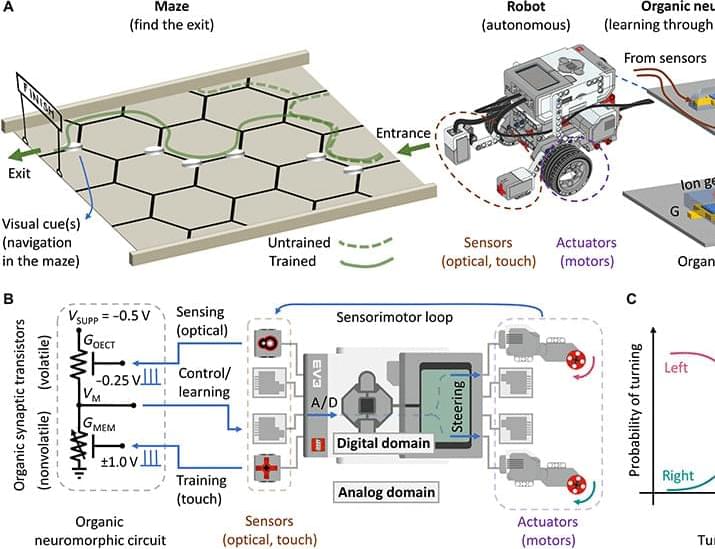The Defense Advanced Research Projects Agency (DARPA) in collaboration with Lockheed Martin are developing the OpFires mobile medium-range hypersonic missile assembly to fit on the back of an U.S. Army’s Palletized Load System (PLS) 5-axle 10×10 truck. OpFires will provide the U.S. Army with a highly mobile vehicle for firing hypersonic missiles that is independent of the tractor and trailer combination for the longer-range (strategic) hypersonic missiles. The U.S. Marines may also be interested in OpFires as they use the similar Logistic Vehicle Replacement System (LVSR) 10×10 truck.
The OpFires Project will use throttleable rocket motors on hypersonic missiles to achieve varying ranges in flight; therefore, OpFires can hit targets within the range envelope up to 1,000 miles (1,609 kilometers). At Mach 5+, the OpFires’ warhead can fly 1,000 miles in approximately 20 minutes.








